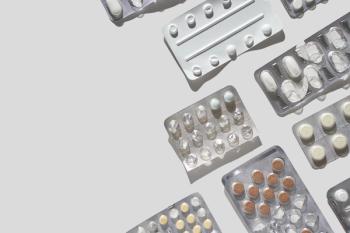
FDA Approves Nitisinone for Treatment of Alkaptonuria
Alkaptonuria affects approximately 1 in 250,000 to 1 million people in the United States.
The FDA approved nitisinone (Harliku) for the reduction of urine homogentisic acid (HGA) in patients with alkaptonuria (AKU). Nitisinone is the first and only FDA-approved treatment for AKU, a rare genetic metabolic disorder that causes buildup of HGA and can lead to osteoarthritis, ochronosis, and complications in the kidneys and heart. The medication is expected to launch in July 2025.1
“The approval of Harliku is an important advance for the AKU community. Our scientific team has translated decades of research into launching nitisinone as a new treatment option, and we stand hopeful that it can ease the significant burden of AKU,” Wendy J. Introne, MD, of NIH’s National Human Genome Research Institute, said in a news release.1
The first symptom of AKU is often when the urine turns black or very dark, but the color change may not immediately occur after urination, according to MedlinePlus. AKU is rare, affecting 1 in 250,000 to 1 million people in the United States. Ochronosis is a characteristic feature of the disease, which occurs in connective tissues, such as joints, tendons, and ligaments. It can cause arthritis, typically in early adulthood, and patients might experience calcification in joints or ligaments, which causes them to be rigid and brittle.2
The approval is based on a randomized and controlled study (
All patients were aged 18 to 65 years of age, except for 1 who was older than 65 years. Approximately 67.5% were male, and the mean range of motion (ROM) worse hip was 42.7. The average score of the Schober test was 11.14, the functional reach assessment was 9.6, the timed get up and go was 8.63 seconds, and the 6-minute walk test was 1457 ft. The primary outcome included change in total ROM worse hip, and secondary outcomes included change in Schober test, functional reach assessment, timed get up and go, and 6-minute walk test.3
From baseline to 36 months, patients who did not have treatment had a decline of 9.1 while those who were treated with the study drug had an increase of 1.6. As for Schober test, patients who did not receive treatment had a decline of 0.06 in their score, while those who were treated had an increase of 0.12, and the change in functional reach was -1.21 and -1.86, respectively. Patients who were treated with nitisinone had a better time for get-up-and-go, with a decrease of 1.33, compared with patients who were not treated, with a decrease of 0.54. Lastly, for the walking test, patients in the treatment group had an increase of 169 ft compared with 22 ft for those who were not treated.3
As for adverse events (AE), 6 patients in the treatment group experienced a serious AE, which included anemia, atrial fibrillation, keratitis, bile duct stone, liver enzyme elevation, sarcoidosis, accidental overdose, and muscle injury. Both 10 patients in each group experienced other AEs, which included sensorineural hearing loss, elevated liver enzymes, and upper respiratory infection for the treatment group, and elevated liver enzymes, upper respiratory infection, depression, and skin rash for the nontreatment group.3
READ MORE:
Ready to impress your pharmacy colleagues with the latest drug information, industry trends, and patient care tips? Sign up today for our
REFERENCES
1. Cycle Pharmaceuticals’ Harliku (nitisinone) Tablets Receive First FDA-Approval as Treatment for Alkaptonuria (AKU). News release. Cycle Pharmaceuticals. June 19, 2025. Accessed June 19, 2025. https://www.businesswire.com/news/home/20250611798305/en/Cycle-Pharmaceuticals-HARLIKU-nitisinone-Tablets-Receive-First-FDA-Approval-as-Treatment-for-Alkaptonuria-AKU
2. MedlinePlus. Alkaptonuria. Accessed June 19, 2025. https://medlineplus.gov/genetics/condition/alkaptonuria/
3. Long-Term Study of Nitisinone to Treat Alkaptonuria. ClinicalTrials.gov identification: NCT00107783. Updated August 26, 2021. Accessed June 19, 2025. https://clinicaltrials.gov/study/NCT00107783?cond=alkaptonuria&intr=nitisinone&rank=4&tab=results
Newsletter
Pharmacy practice is always changing. Stay ahead of the curve with the Drug Topics newsletter and get the latest drug information, industry trends, and patient care tips.




































































































































